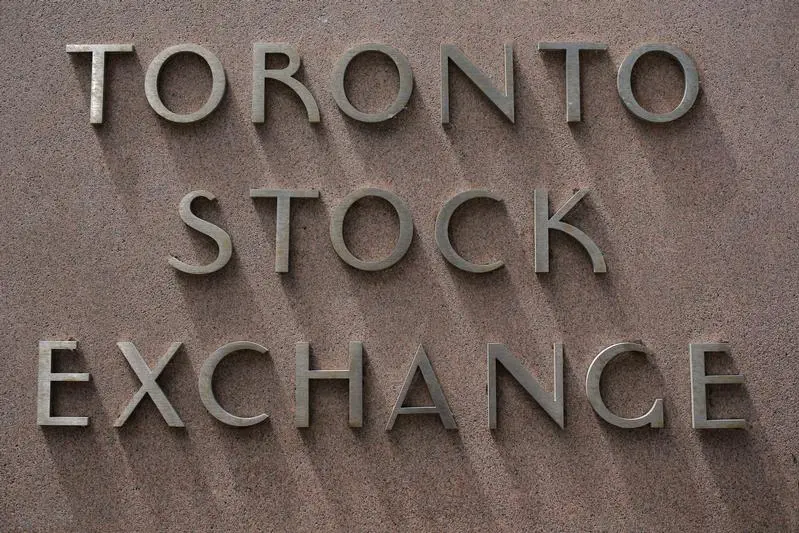PHOTO
Futures for Canada's resource-heavy main stock index tracked gains in energy and precious metals on the last day of the quarter that has been plagued with worries over economic growth and hawkish central bank policy actions.
September futures on the S&P/TSX index were up 0.4% at 07:03 a.m. ET.
The S&P/TSX composite index has fallen for seven of the last eight sessions amid volatility in global currency and debt markets after a bunch of mixed domestic and global economic, and with policymakers resolute on their aggressive policy tightening stance.
For the month, the index was on track to fall 4.6%, and was headed for its second straight quarterly decline in what will be its longest losing streak since 2018.
Canada home prices could fall as much as 23% from peak levels this year alone, as rising interest rates make current price tags increasingly unaffordable for buyers, according to scenarios outlined by Canada's independent budgetary watchdog.
Oil prices rose on the back of a weaker U.S. dollar and the possibility that the OPEC+ producers group may agree to cut crude output when it meets on Oct. 5. The energy sector accounts for nearly 20% of the TSX.
Gold prices rose, but the yellow metal was staring at its biggest quarterly drop since March 2021.
Dow e-minis were up 118 points, or 0.4%, at 07:03 a.m. ET, while S&P 500 e-minis were up 18.25 points, or 0.5%, and Nasdaq 100 e-minis were up 46.75 points, or 0.42%.
Among company news, Barclays cut PT for several Canadian railway companies citing near-term pressure from labor agreements and softer volume outcomes this fall driving a less robust earnings forecast for 2023.
Royal Bank of Canada (RBC) cut about 10 jobs in its U.S. investment banking division last week.
FOR CANADIAN MARKETS NEWS, CLICK ON CODES:
TSX market report
Canadian dollar and bonds report
Reuters global stocks poll for Canada
Canadian markets directory ($1 = C$1.37) (Reporting by Shashwat Chauhan in Bengaluru; Editing by Vinay Dwivedi)





















